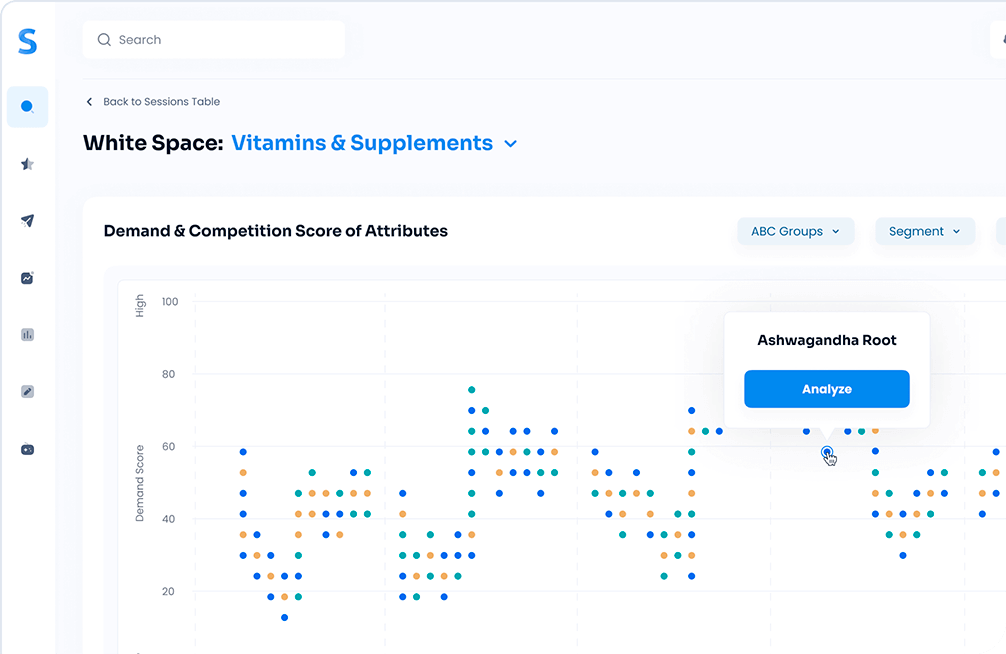Whenever our team begins research, we’re always on the hunt for the next trend, and additives give us a lot of insight into what could be the next big thing in oral care. With the rise of social media, what could hold the next wow factor, go viral, or dominates consumer conversations?
If you’re unsure what an additive is, it’s anything that’s added to a product to improve its flavor, texture, or performance. There are natural additives, and there are synthetic additives. Natural additives are generally considered safe, while synthetic additives may be less so.
So, without further ado, here are our predictions for oral care additives in 2023, most of which will fall by the wayside.
Here are our Predicted Oral Care Additives 2023 Outlook
The graphic below dives into the eight oral care additives we believe possess the lowest potential for growth in 2023. Additive opportunity scores are determined by looking at both share of voice (a leading indicator of market share) and year-over-year growth rate.
To help brands better understand the needs of their consumers, we’ve leveraged our White Space AI tool to analyze ten oral care additives to forecast what will and won’t be trending in 2023.
Charcoal

Charcoal takes the top spot on our predicted list, but not for positive growth. We expect this additive will lose the most momentum in 2023, with a negative 48.49 percent growth outlook. Charcoal has had the benefit of gaining viral social media attention with products like this charcoal toothpaste, which has helped to propel its growth in the past.
While it’s still early, we don’t see that happening again in 2023. So, while it’s possible that charcoal could have a moment (or two), we predict it will ultimately underperform in 2023 and lose a significant chunk of its 0.84 percent share of voice.
Glycerin
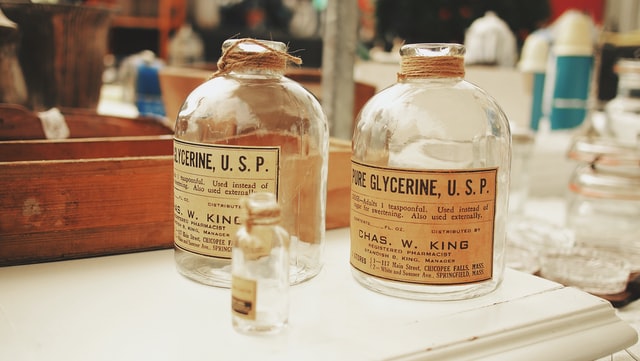
Glycerin (0.05 percent share of voice) is a clear loser in 2023, with a predicted 41.60 percent decline in growth. This additive is used as a sweetener and humectant in oral care products, but we believe consumers will be moving away from it in 2023.
Glycerin has come under fire recently for its potential to cause tooth decay, despite companies like Crest promoting its health benefits. While more research is needed, we believe this will be enough to dissuade many consumers from using products containing glycerin in 2023.
Zinc
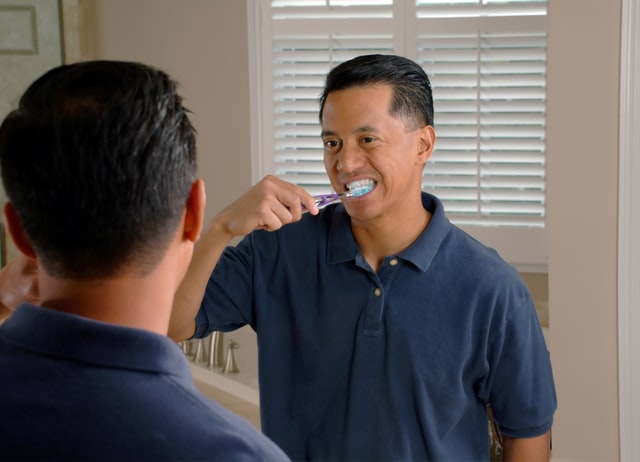
Next up is Zinc, which we predict will see a 20.69 percent decline in growth in 2023, eating into its 0.06 percent share of voice in the oral care market. Zinc is often used in oral care products like this mouthwash as an antibacterial agent.
However, we believe that consumers will be moving away from Zinc products in 2023 as they become more aware of the potential side effects of this additive, such as bad breath and a metallic taste in the mouth.
Hydrogen Peroxide
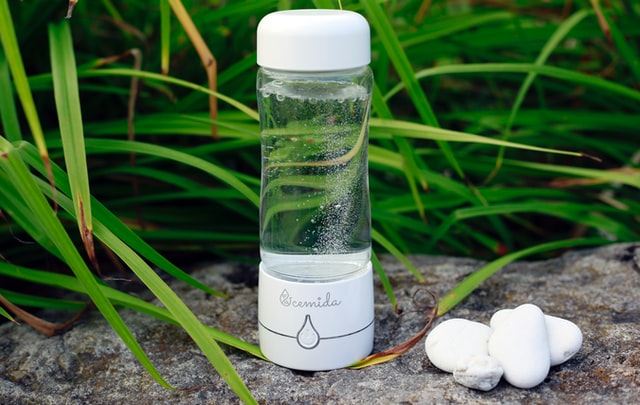
With a 0.11 percent share of voice and a negative 19.83 percent expected growth rate, hydrogen peroxide is not looking too great for 2023. This oral care additive is leveraged as a bleaching agent and an antiseptic. Consumers can find it in over-the-counter products, such as mouthwashes and toothpaste, but we don’t recommend incorporating it into your new product lineup for 2023.
Tea Tree Oil

Fifth on our list with a 0.05 percent share of voice is Tea Tree Oil. While not well known for its oral hygiene benefits, Tea Tree Oil is most commonly known for its use in skincare products, which is why we believe it won’t be a very competitive or worthwhile additive to use in your oral care product lineup for 2023. Our team predicts a negative 16.04 percent growth outlook for this additive, likely spelling the end of a short run of success for products like this Tea Tree Oil toothpaste from Desert Essence. If your brand wants to get one step ahead of the competition next year, you might want to reconsider any tea tree-focused products.
Baking Soda

Baking Soda — 0.24 percent share of voice — has been a popular whitener added to oral care products for many years, but its 2023 potential isn’t looking as bright. Products like Arm & Hammer’s Baking Soda Toothpastes are expected to see a decline in growth of nearly 16 percent (15.93 percent, to be exact) as consumer shift their preferences elsewhere. As far as next year is concerned, it’s best to keep the baking soda in the kitchen and not on your oral care product development roadmap.
Xylitol

With just over a negative eight percent predicted growth outlook for next year at 8.17 percent, Xylitol doesn’t have much to smile about. The sugar alcohol has been added to oral care products as a sweetener, but it looks like consumers are ready to move on to other options, so the 0.17 percent current share of voice will surely decrease. When it comes to Xylitol, it might be best to leave it on the shelf in 2023.
Salt
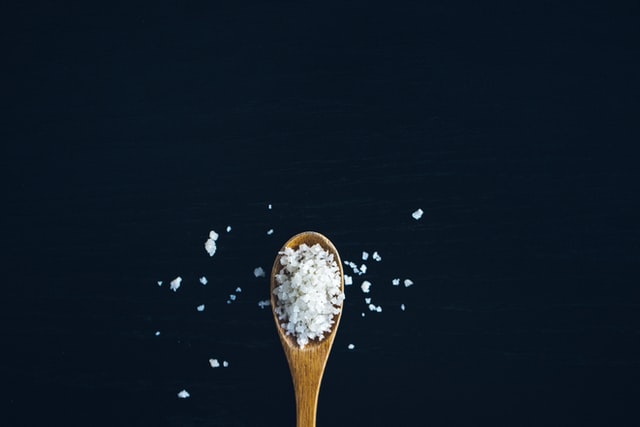
While Salt and toothpaste don’t sound like the greatest mix, Salt is commonly used as an oral care additive (and holds a 0.13 percent share of voice as a result). It can help with sensitivity and work as a gentle abrasive to remove plaque buildup. Despite this, it’s expected to see a slight decline in growth of negative 1.87 percent due to competition from other additives.
Conclusion & Key Takeaways
Less is more, meaning consumers want less stuff added to their oral care products. After dissecting the data, we found that additives will be on an overall downward trend. For example, Charcoal toothpaste has already gone viral, so this additive may not sustain the level of growth it once touted. While our data show that some additives like Zinc and Glycerin will see a significant decline in growth, there are still a few that will hold their own. Baking soda, for example, is still a popular whitening agent, so it will not disappear from store shelves anytime soon.
So, what’s the big takeaway? We recommend using fewer additives when formulating your oral care products for 2023. And, if you do use them, be sure to choose ones that will lose the least momentum, like salt and xylitol.
Thanks for reading! We hope this was helpful. For more on 2023 Oral Care tips and trends, check out our blog.
If you’re ready to see Simporter AI in action and learn what it can do for you, request a demo on our website for more insights on Household Care Stain Removal trends. Predicting need state trends is just one way Simporter can help brands grow their business, so to learn more about how we can help you, please visit us at simporter.com.




